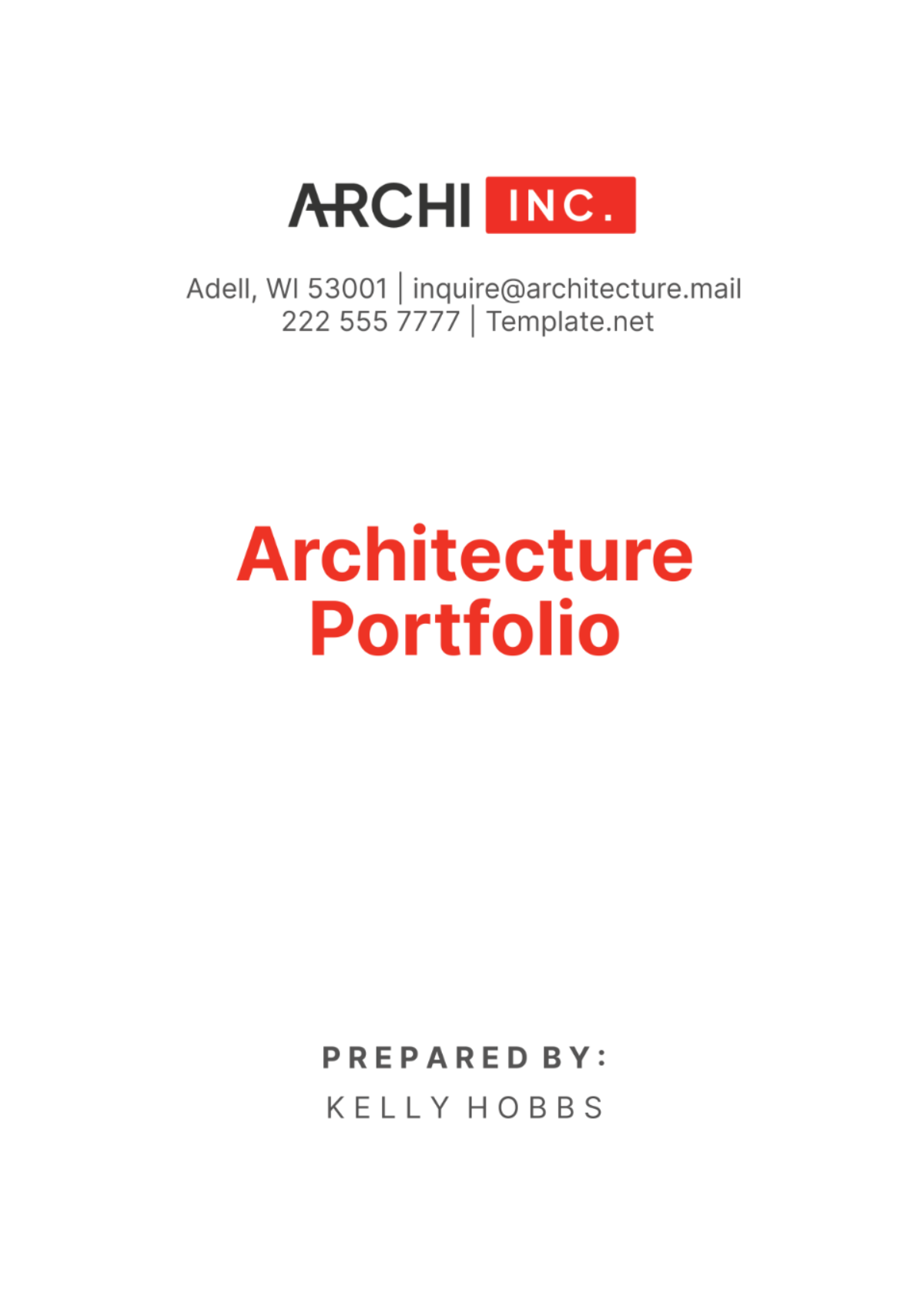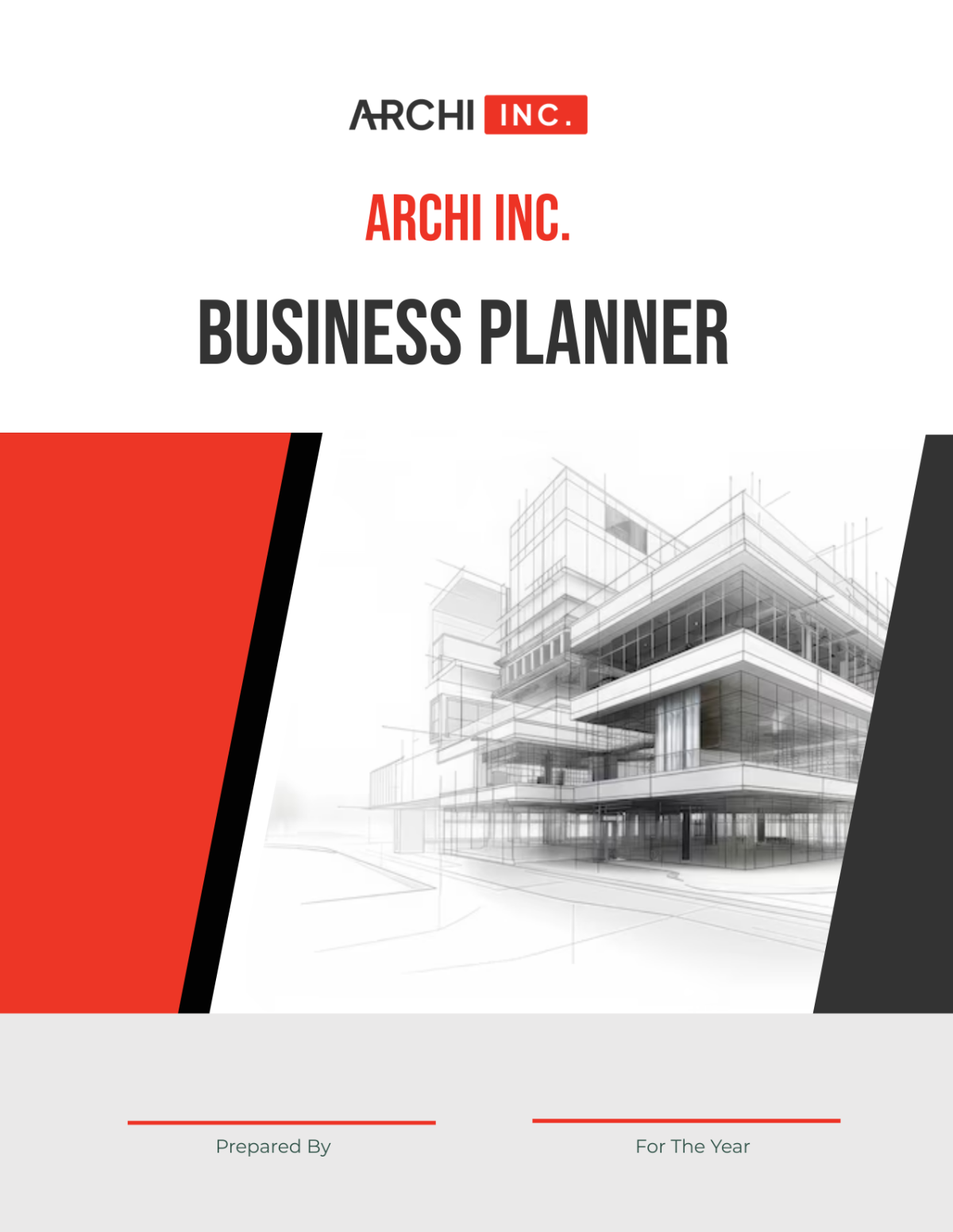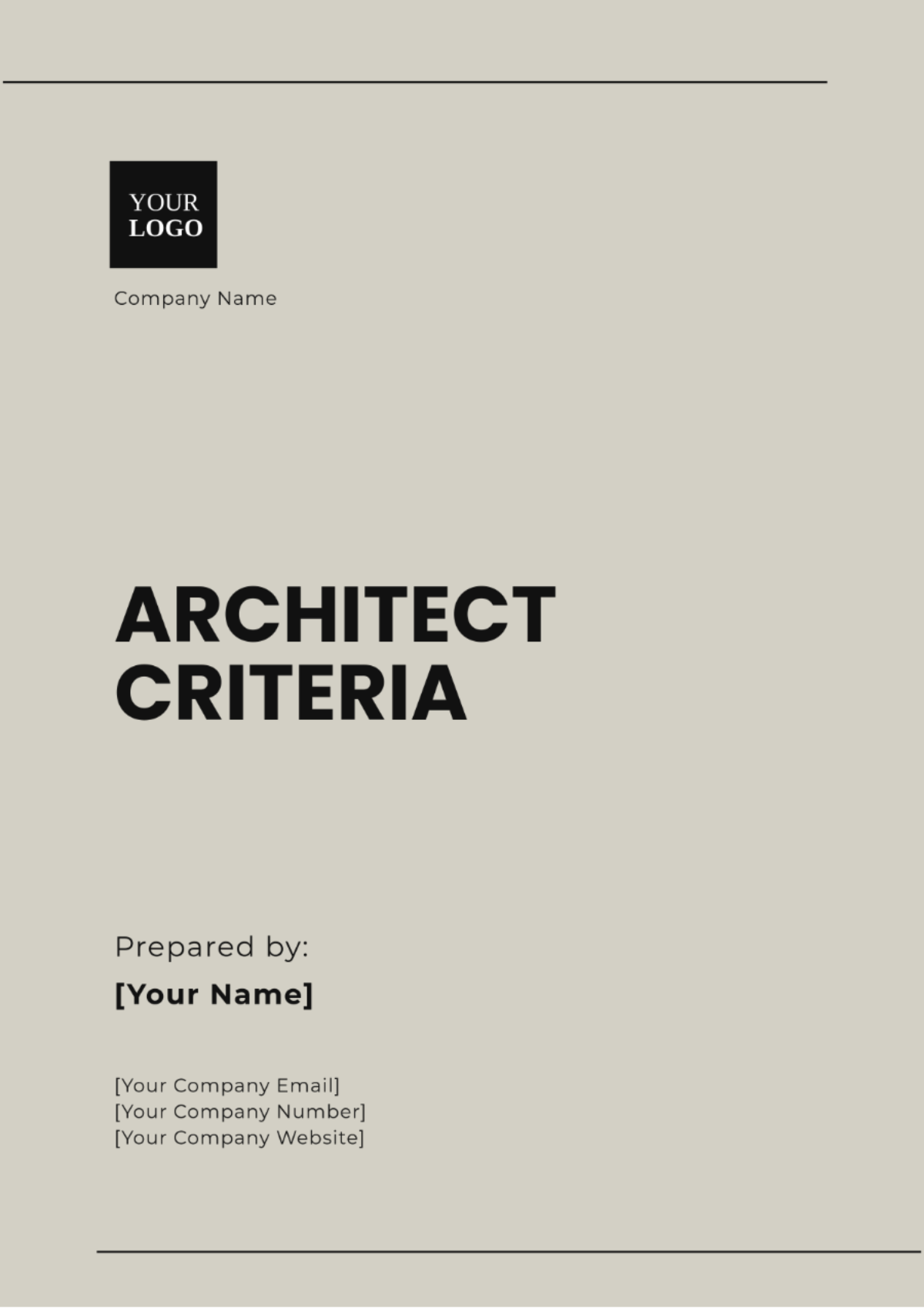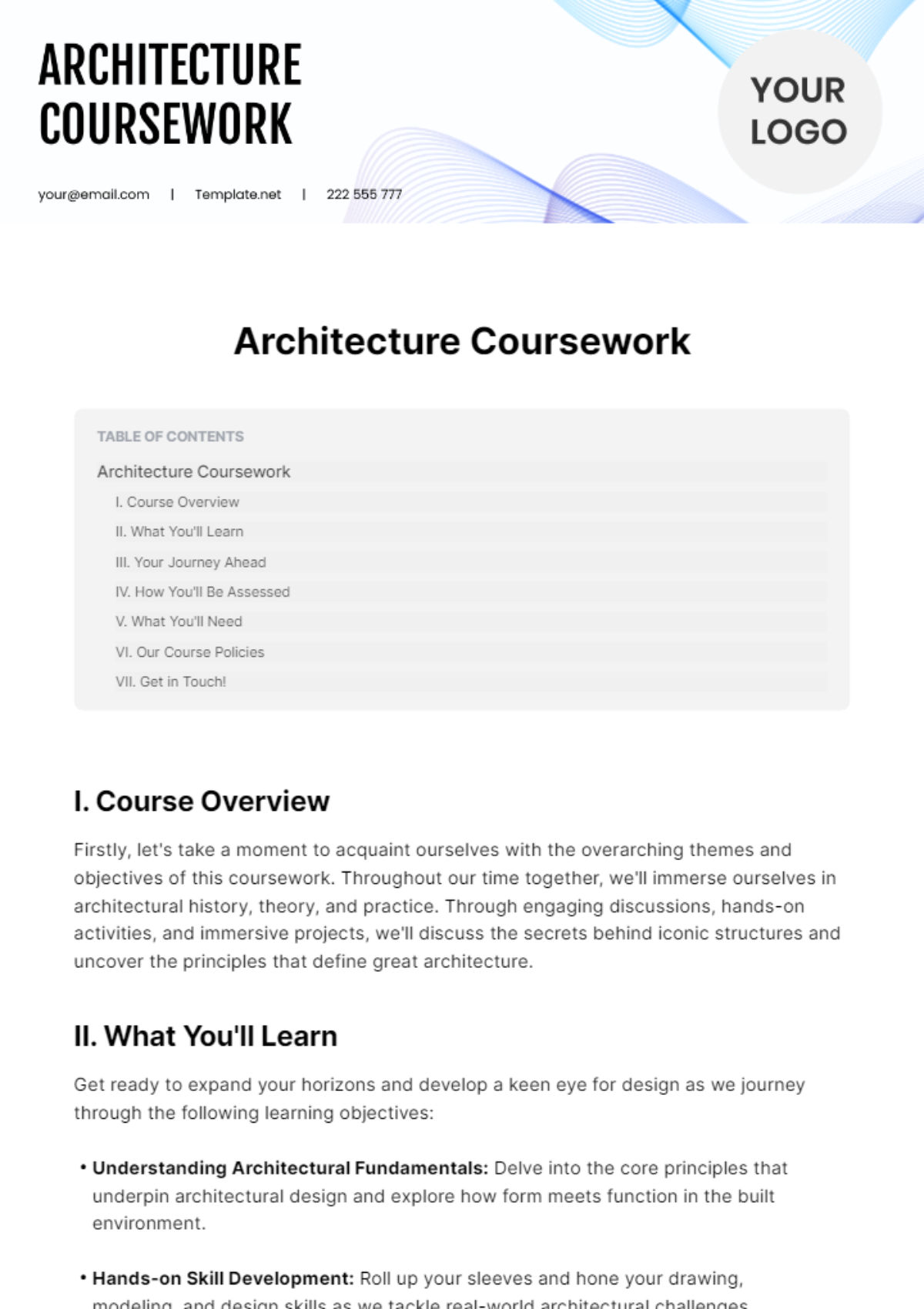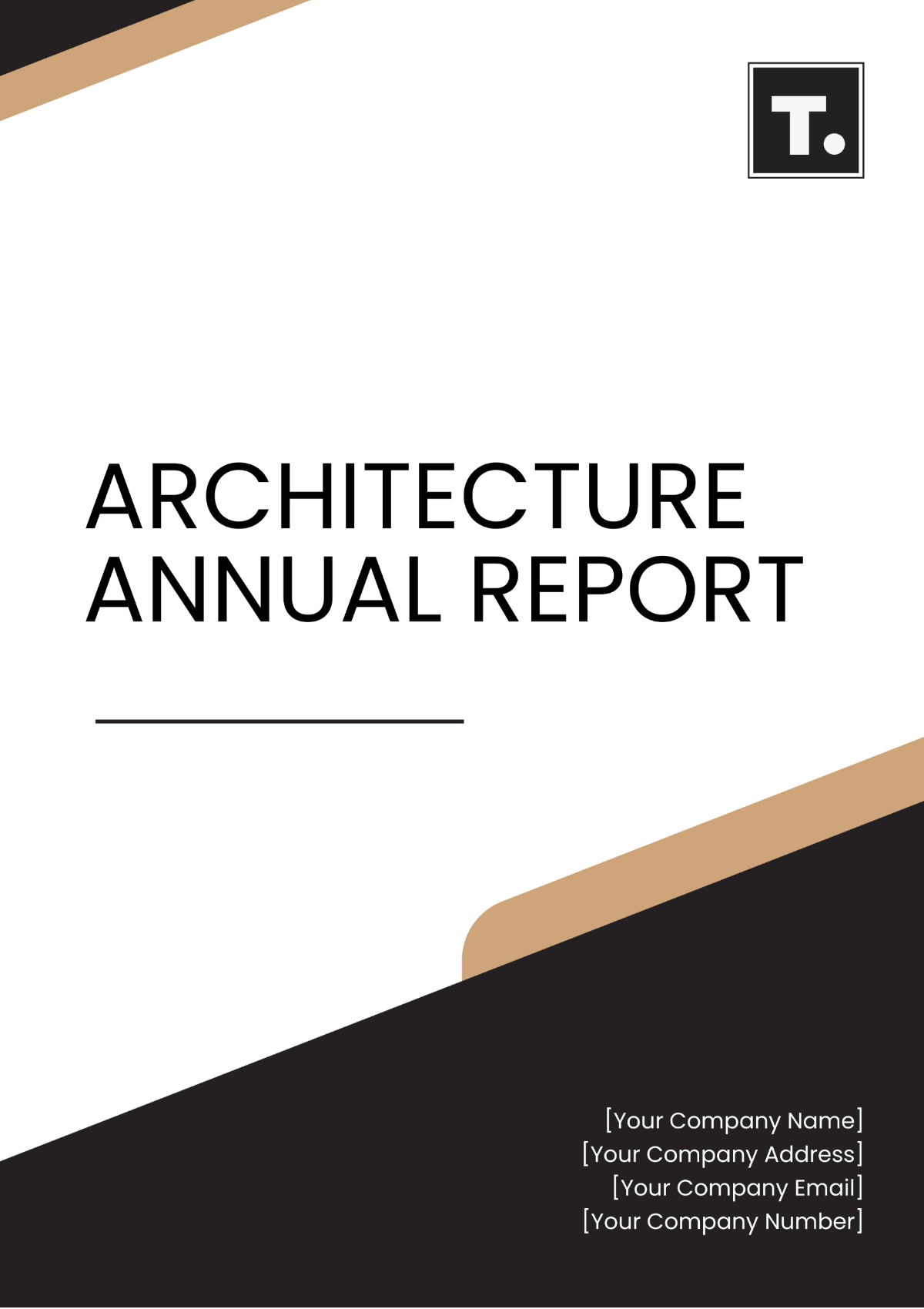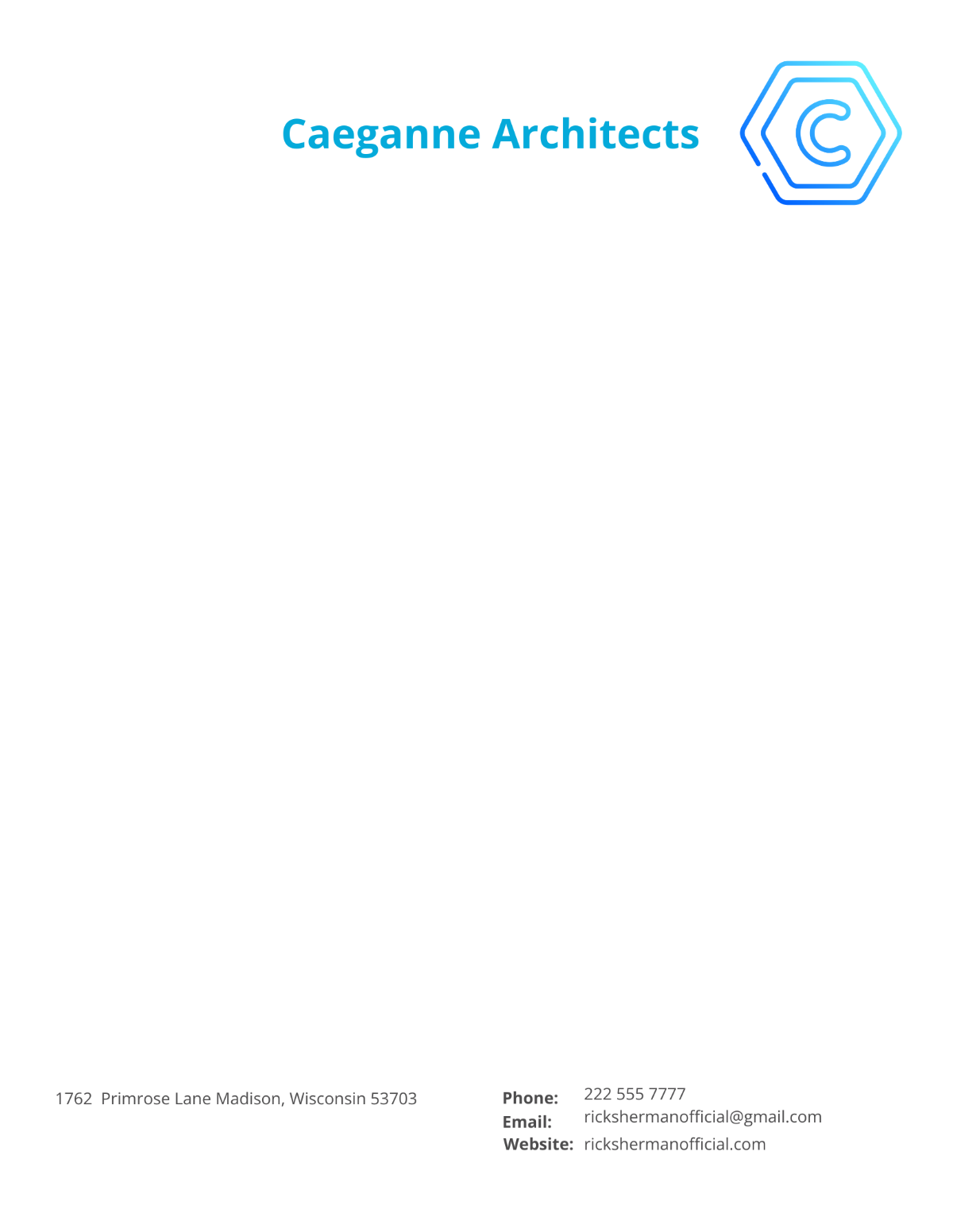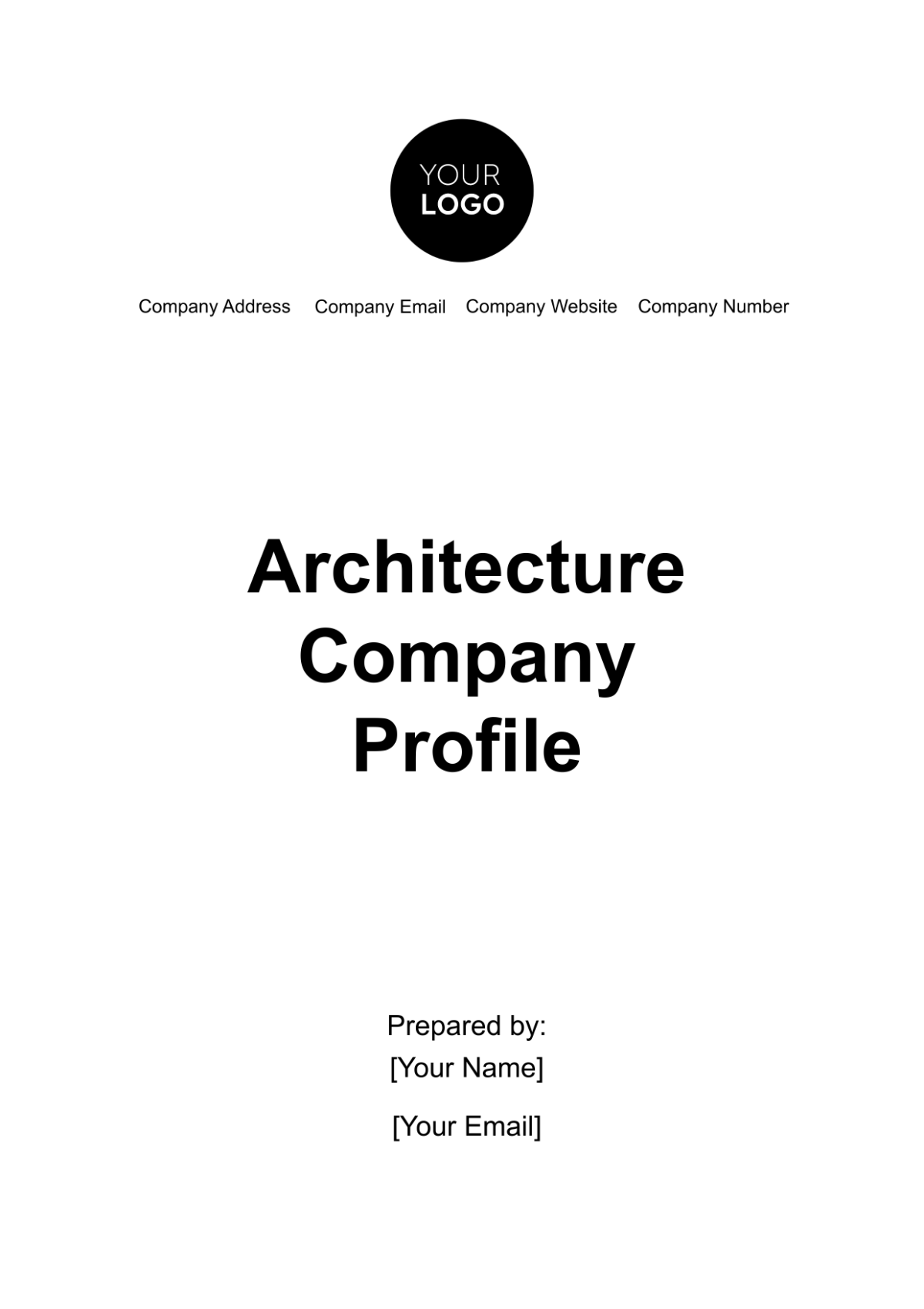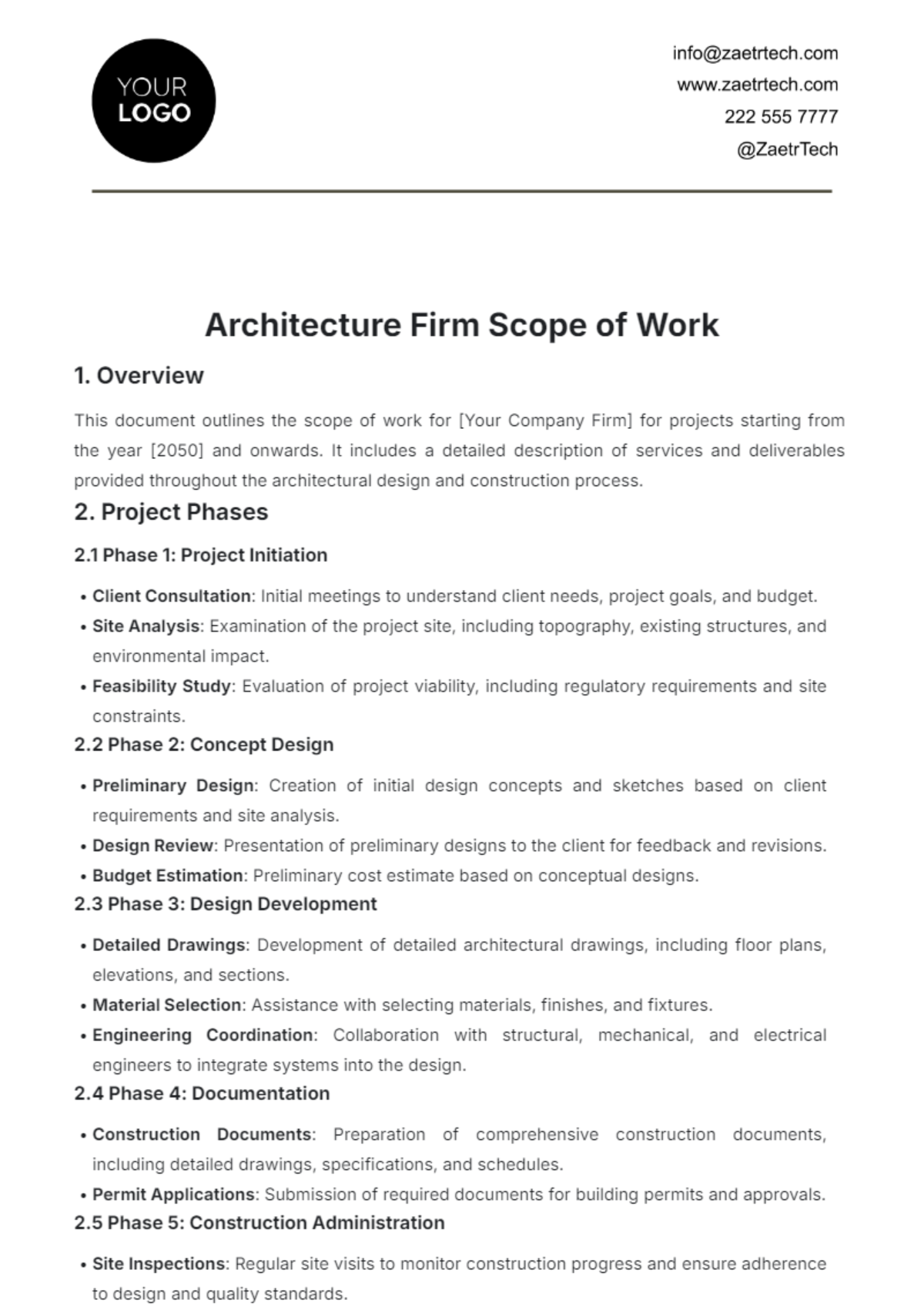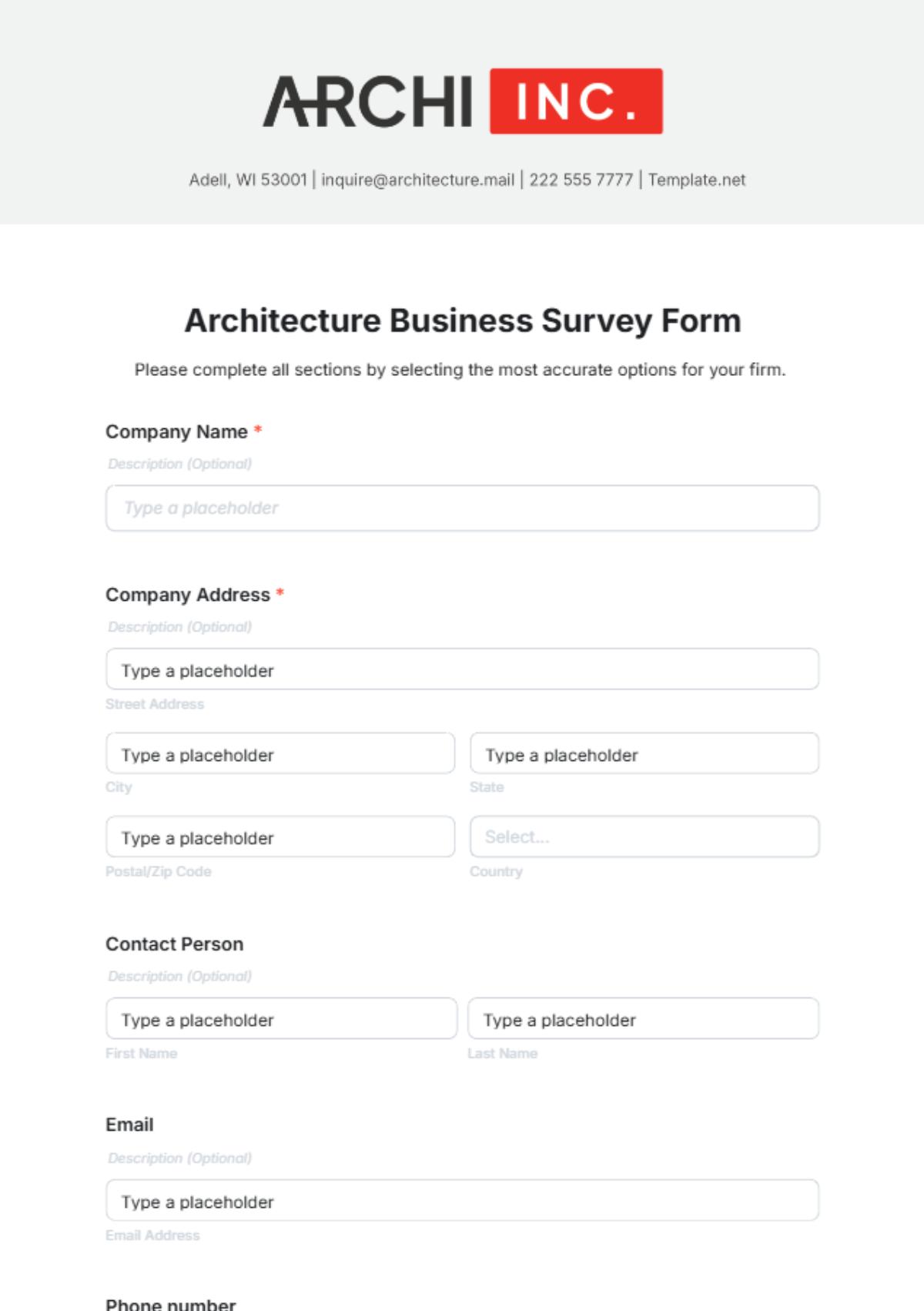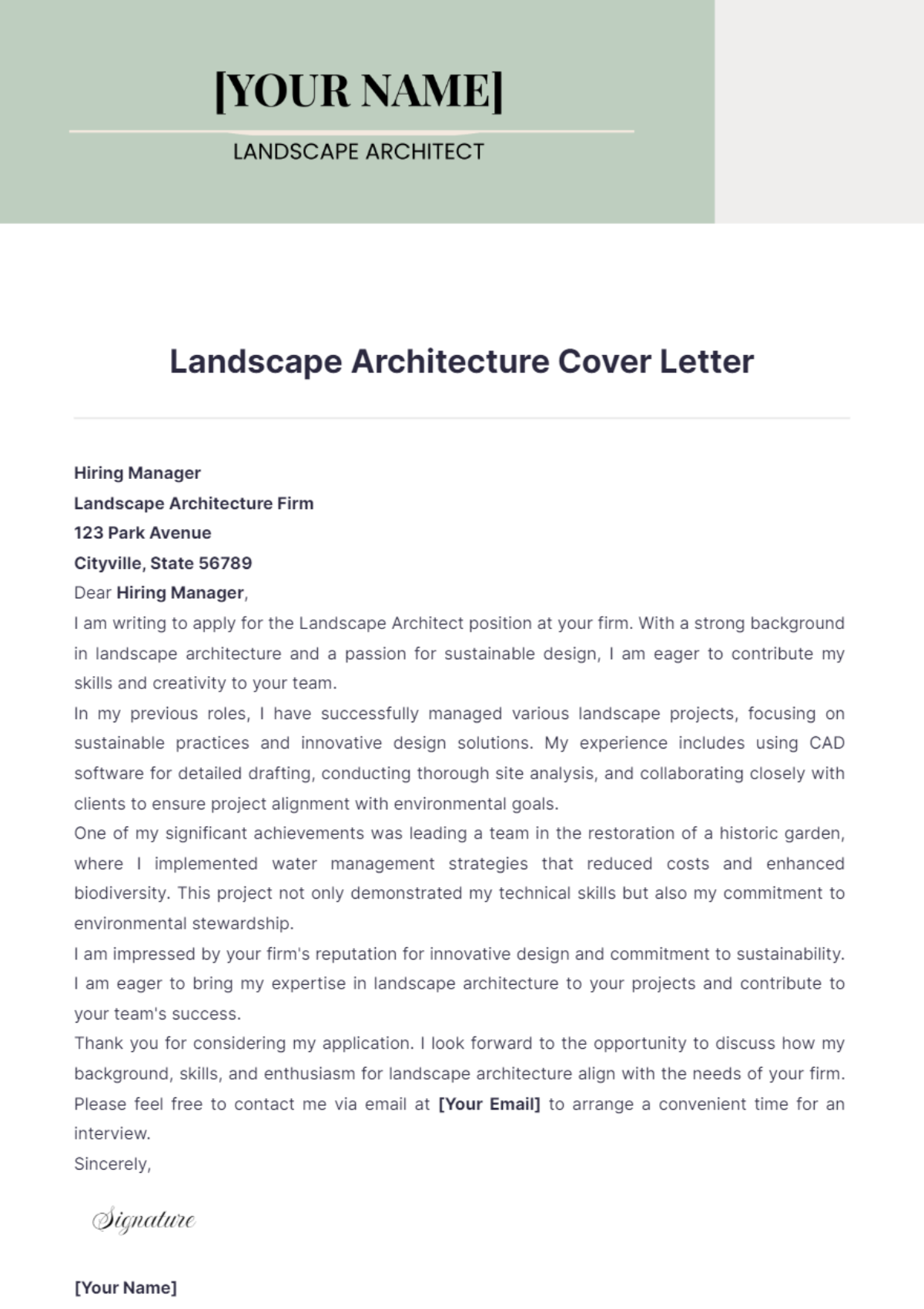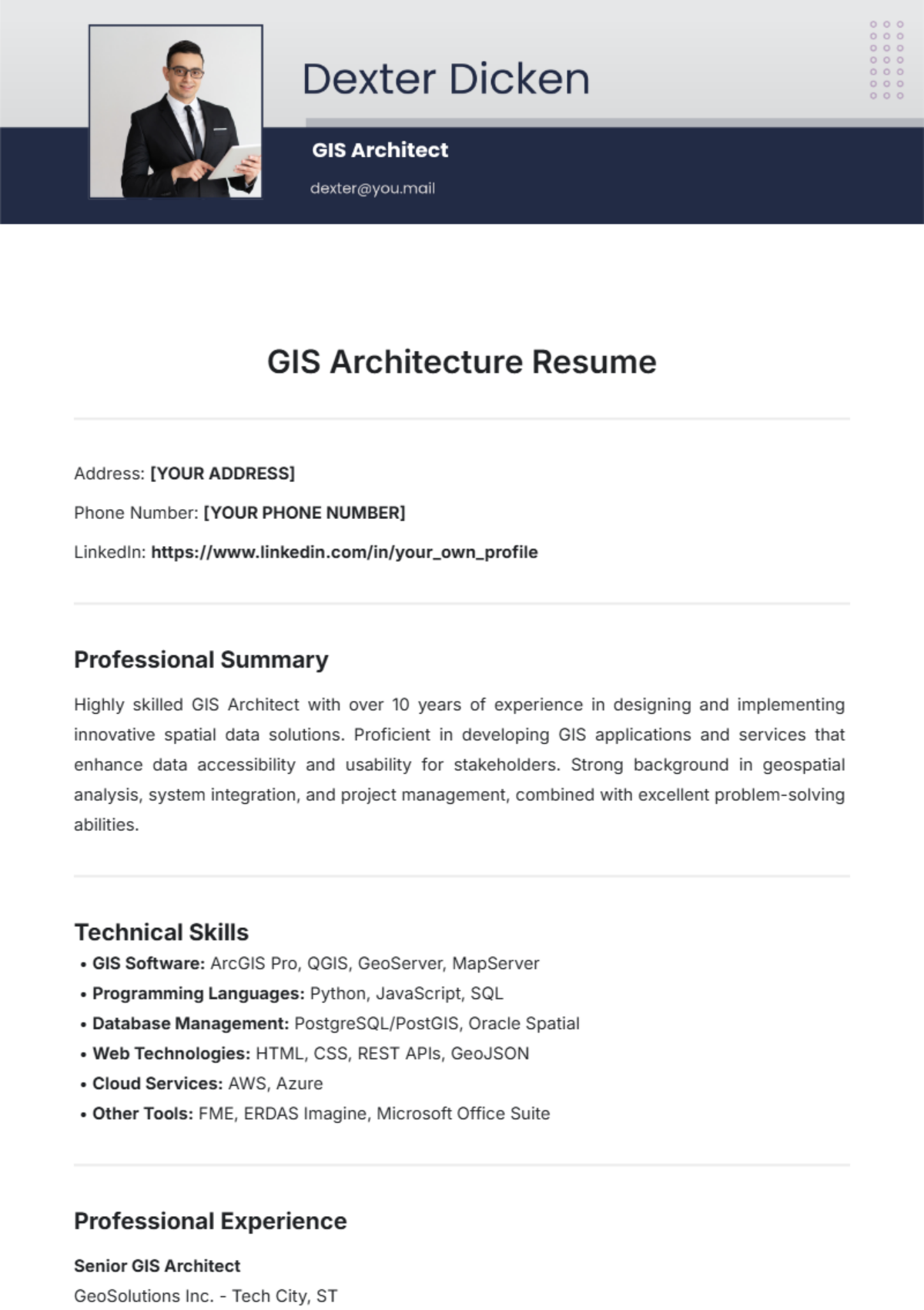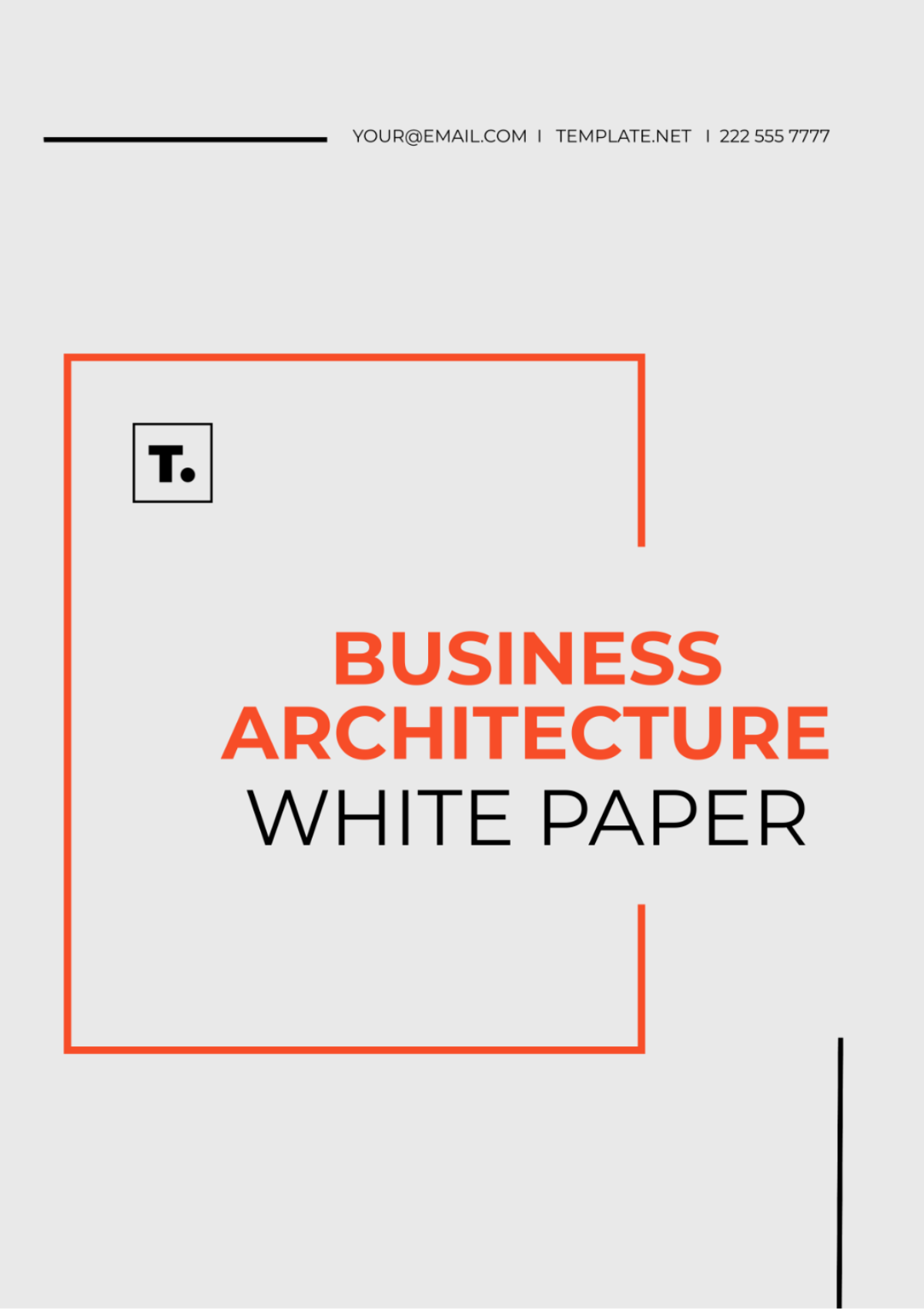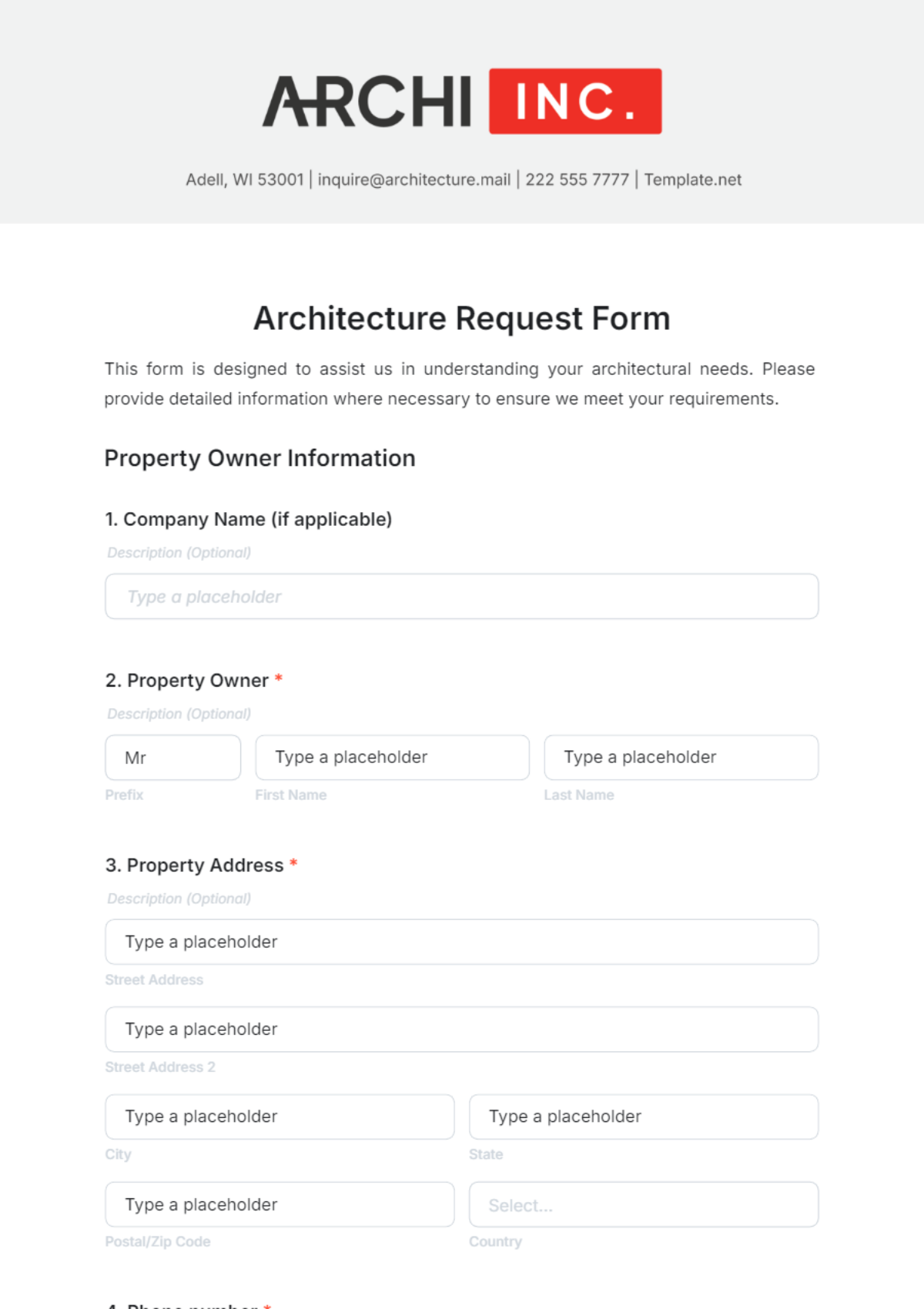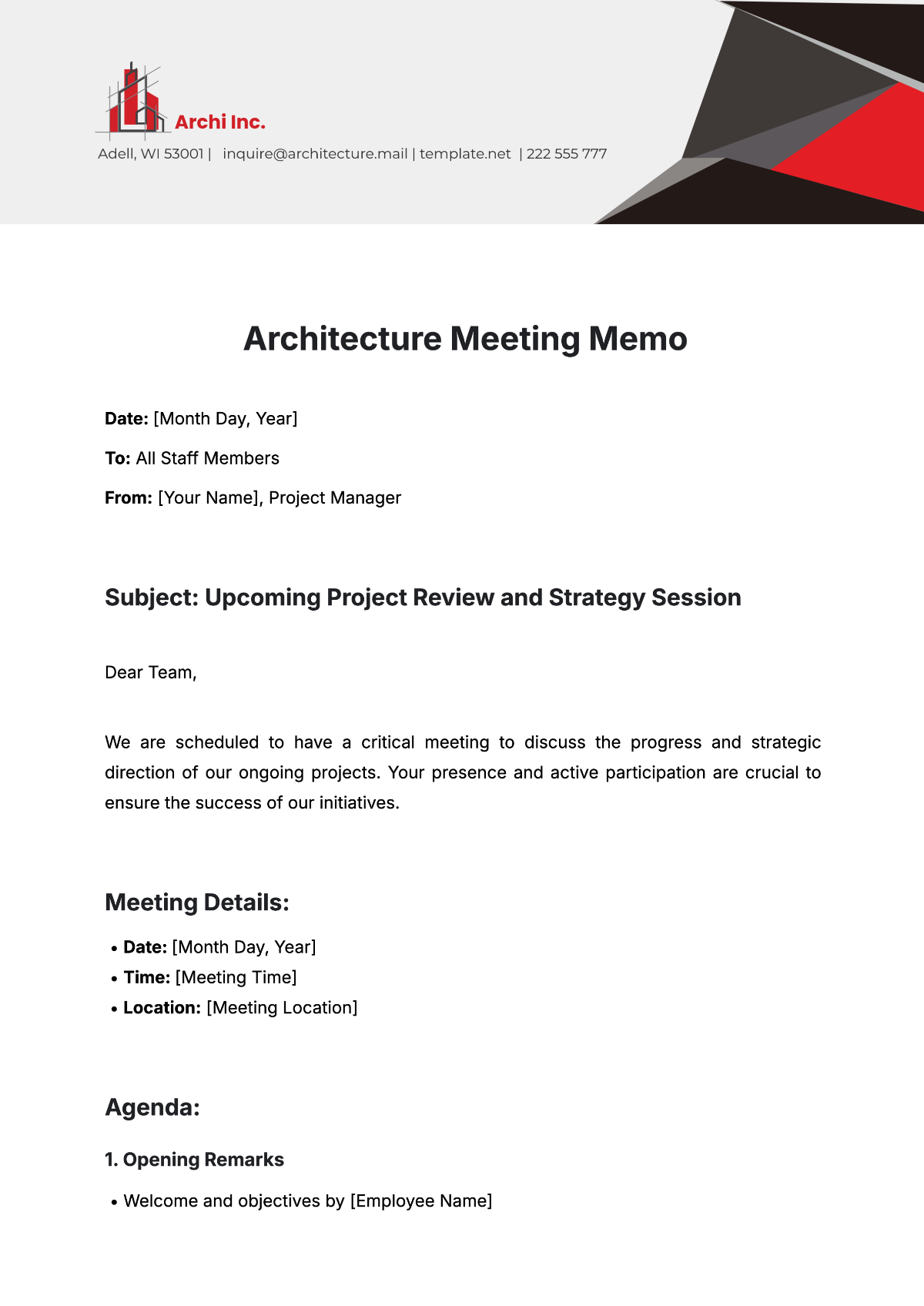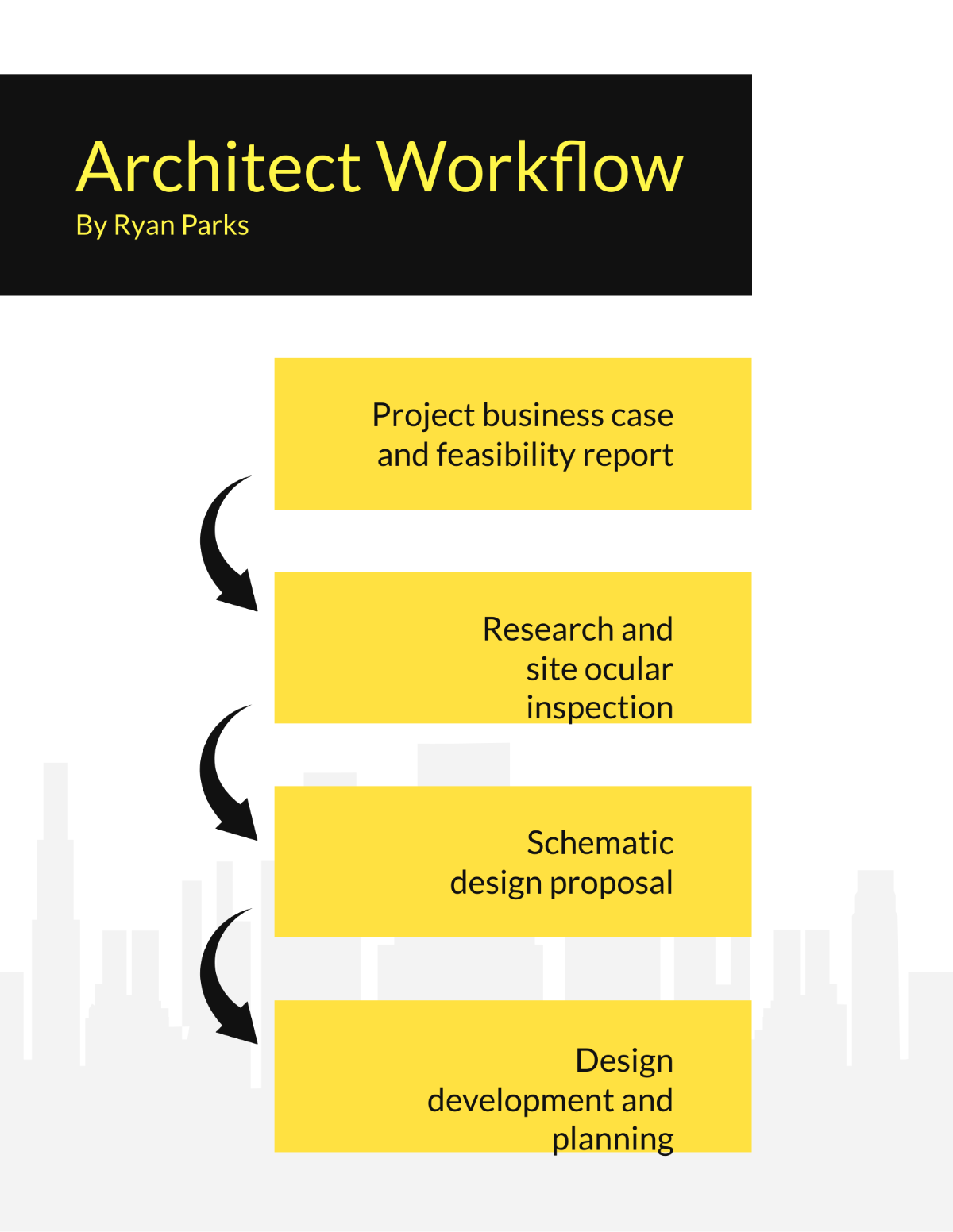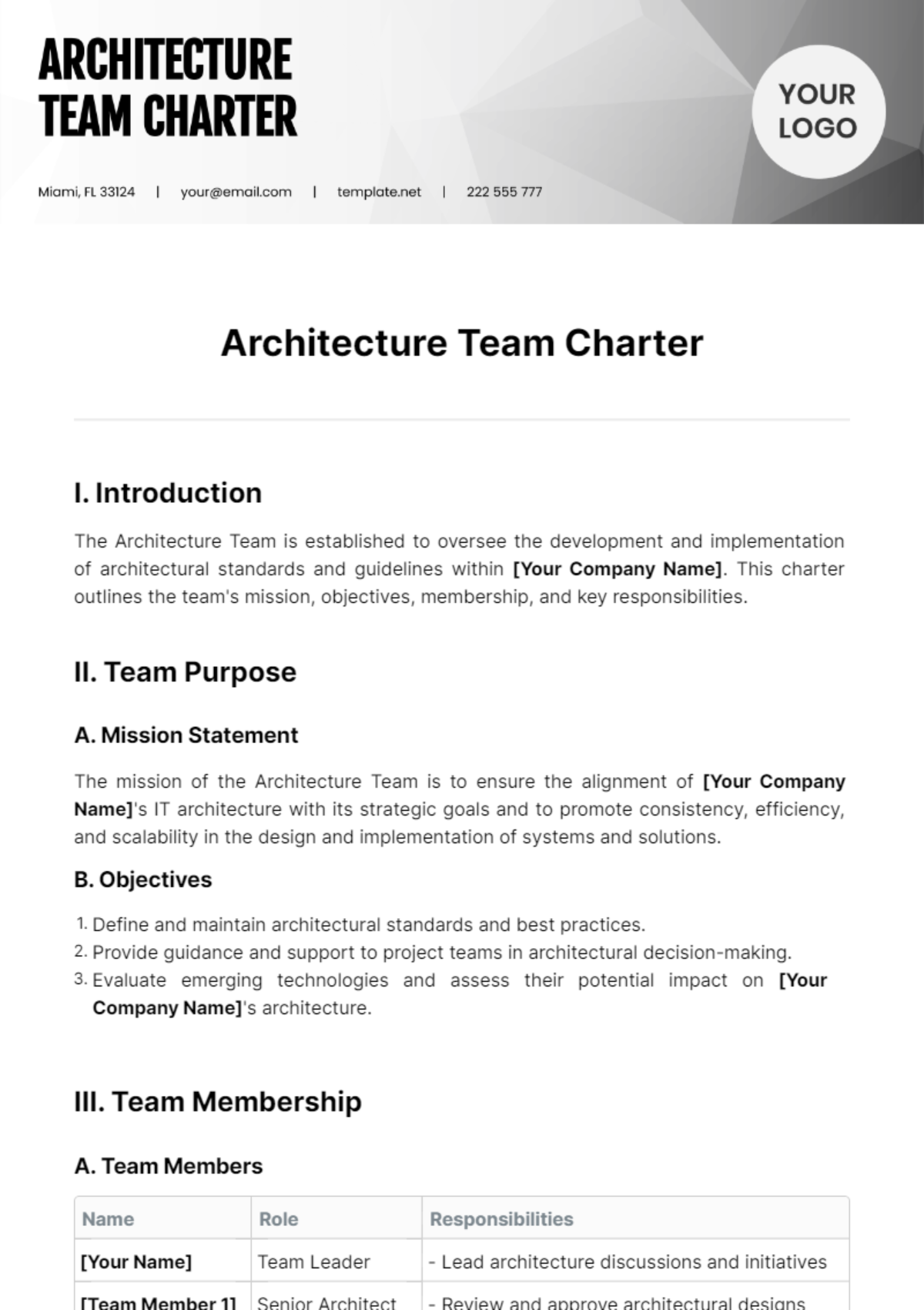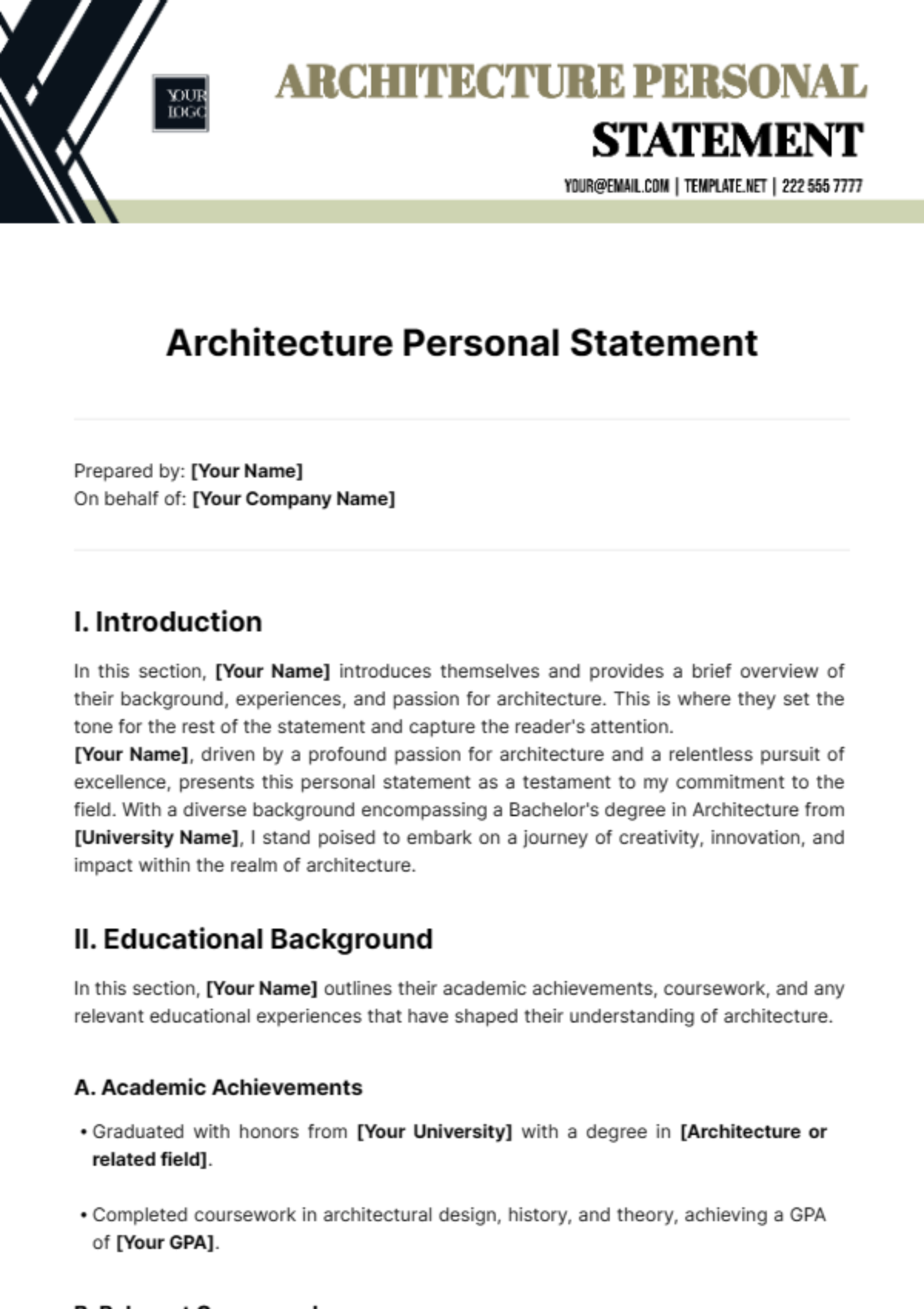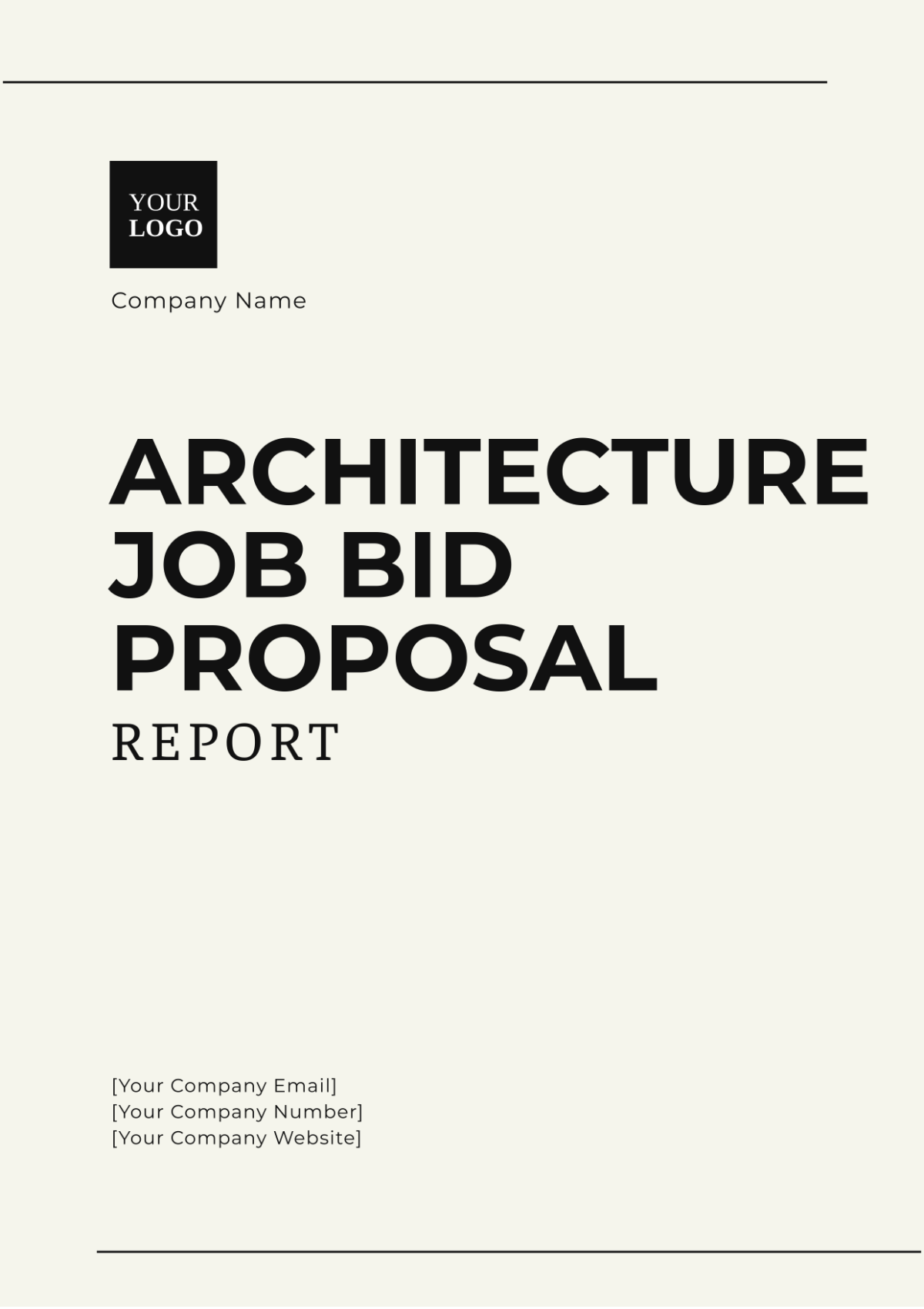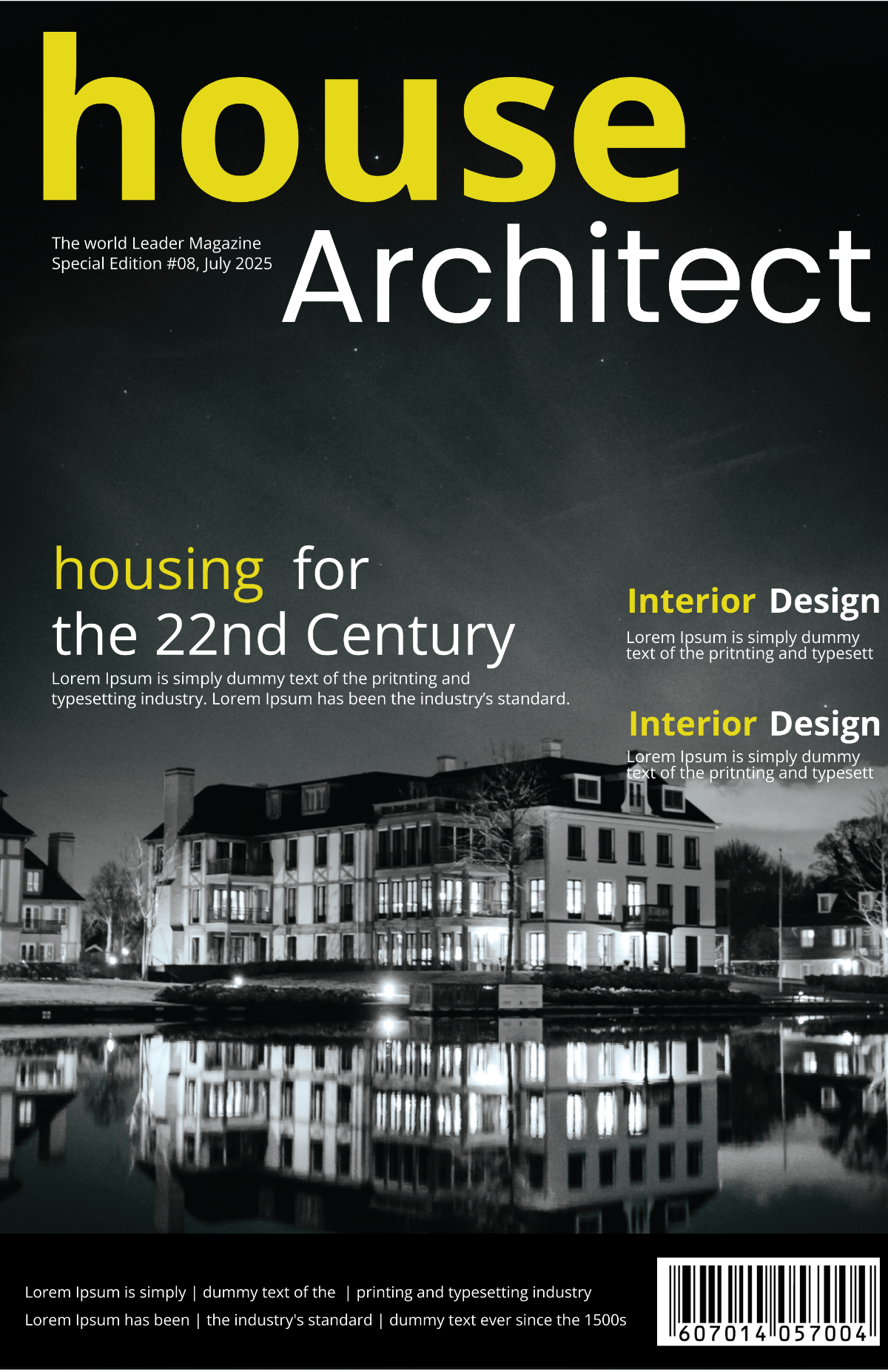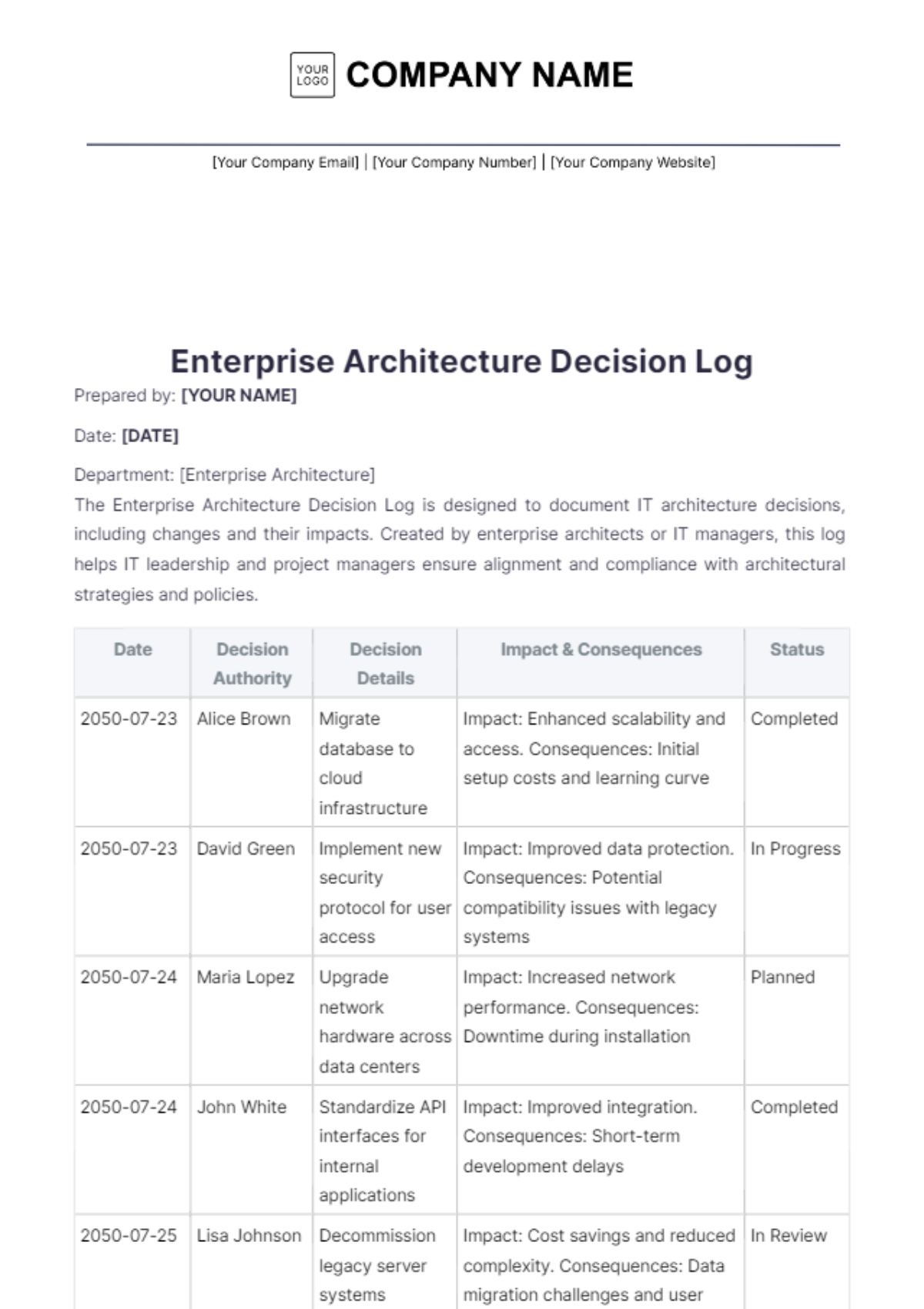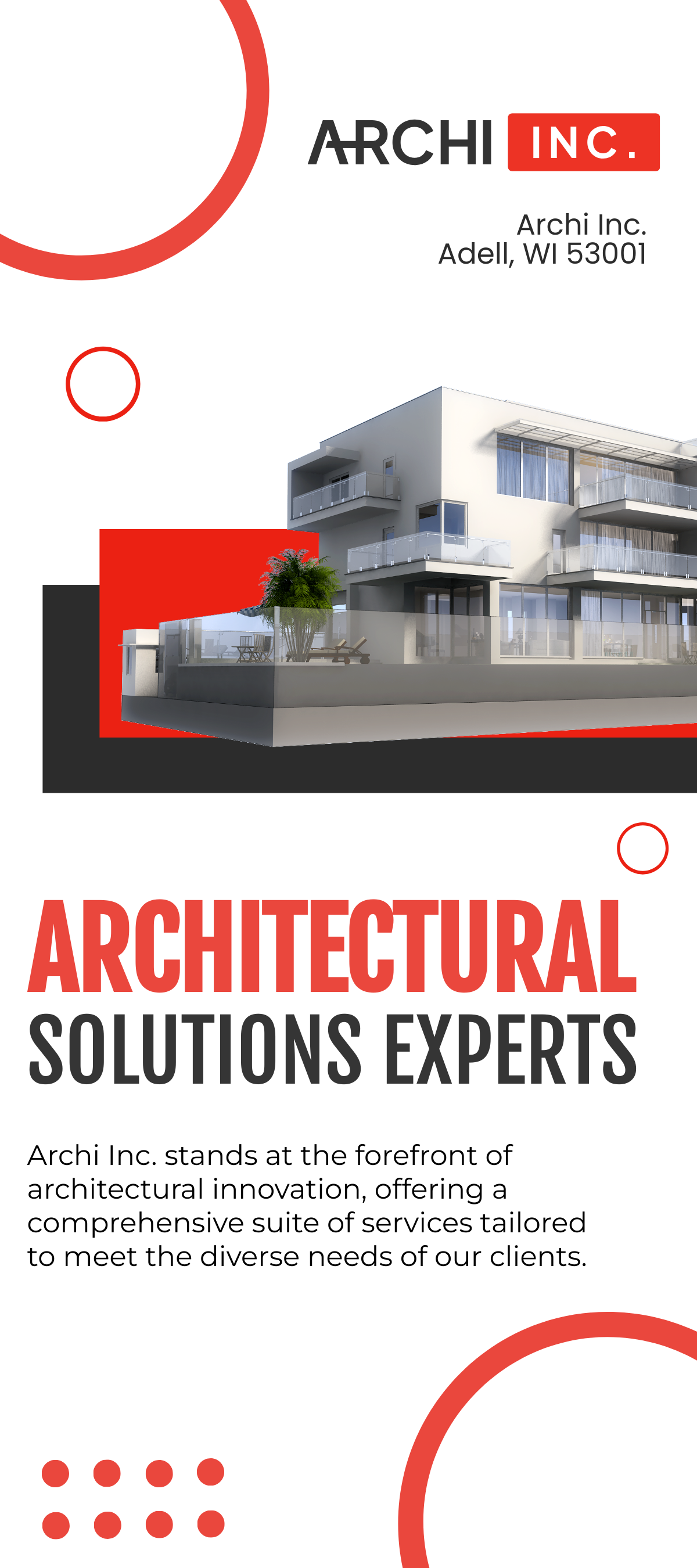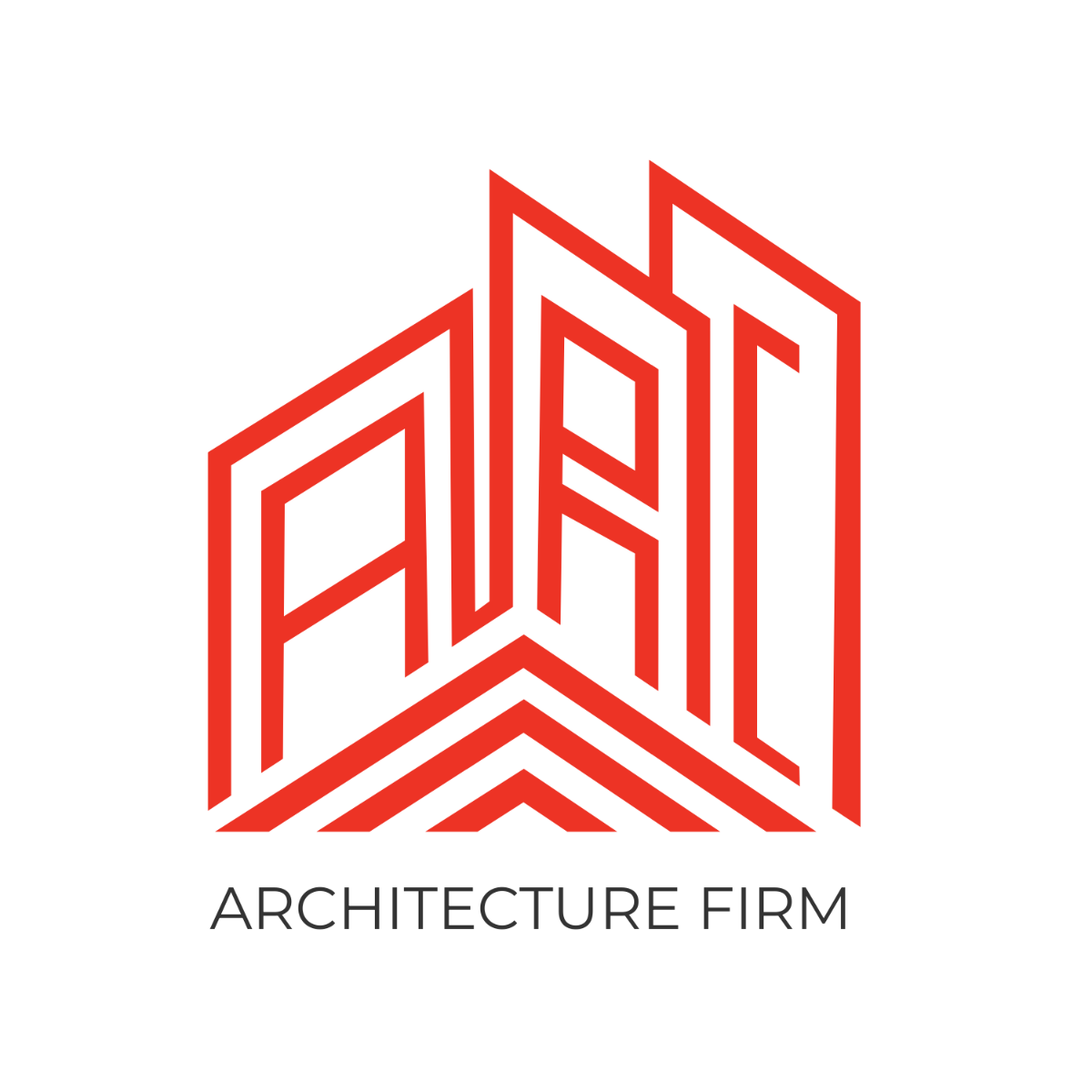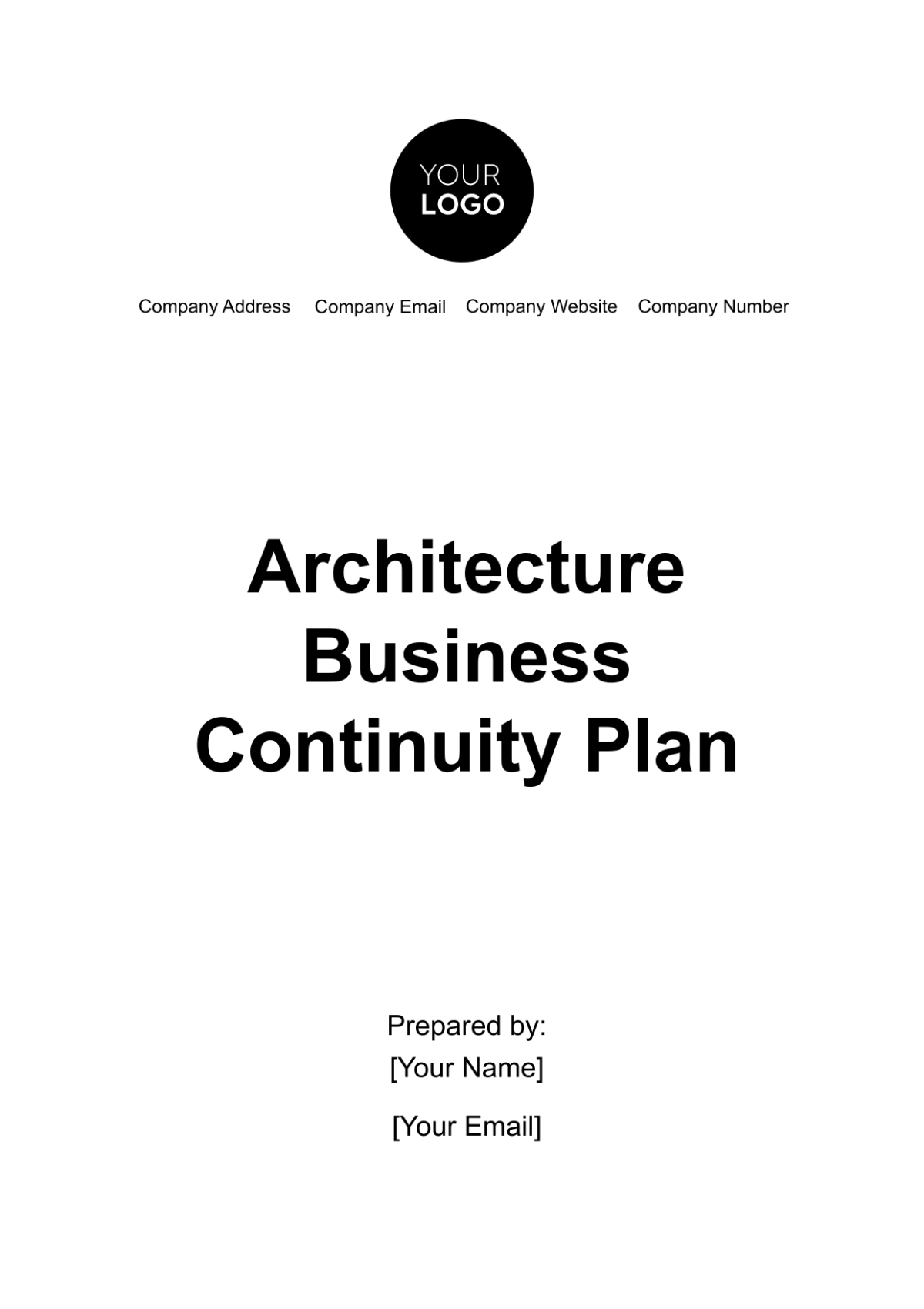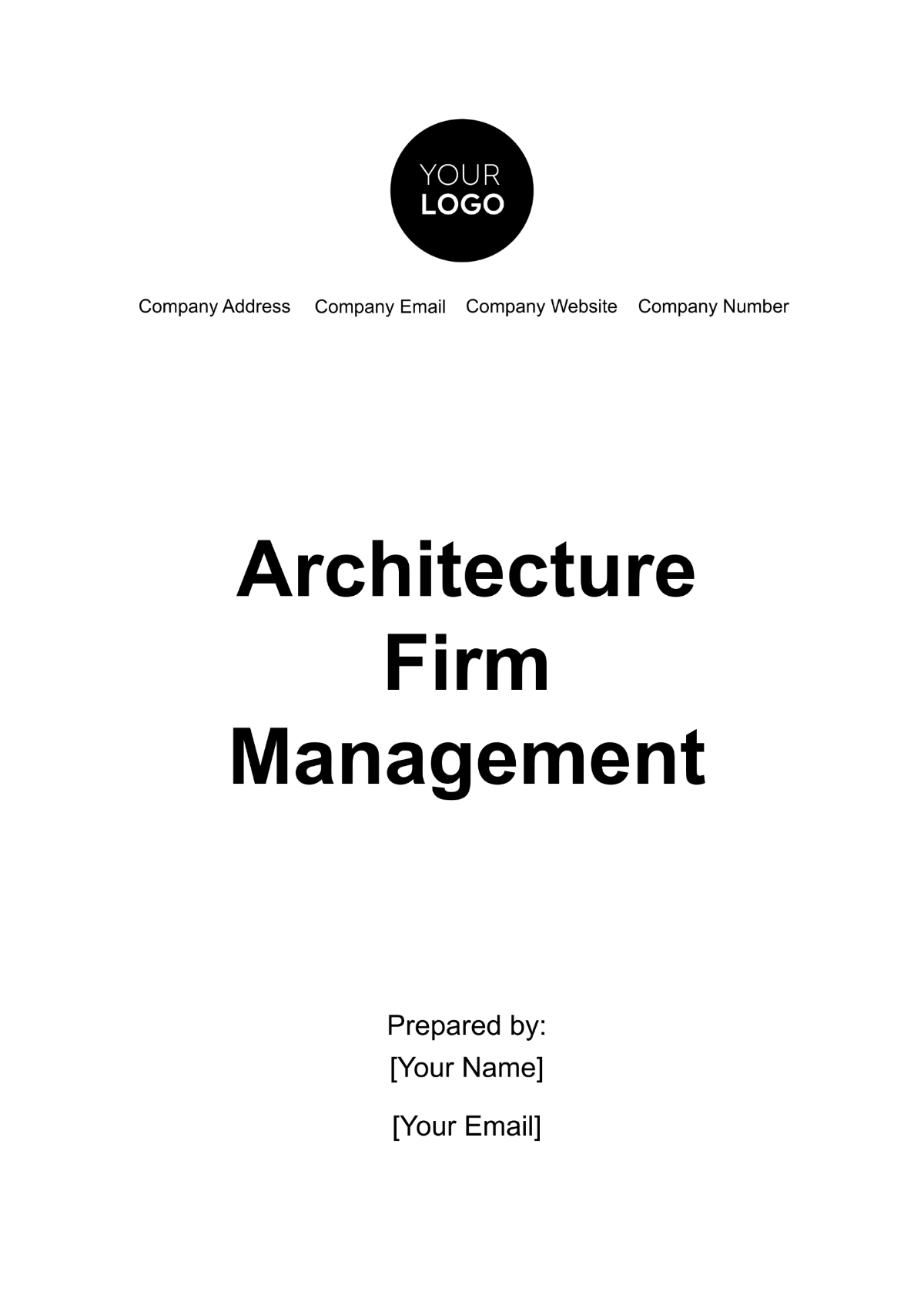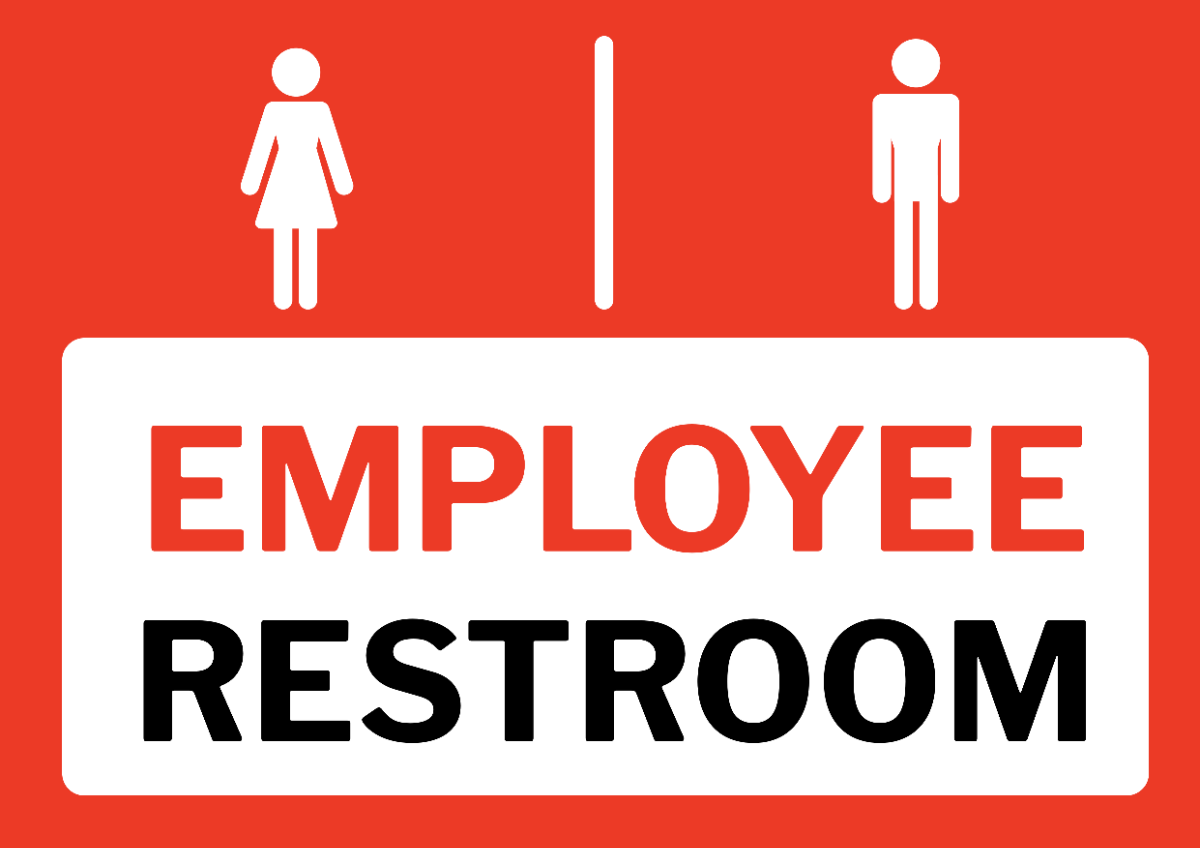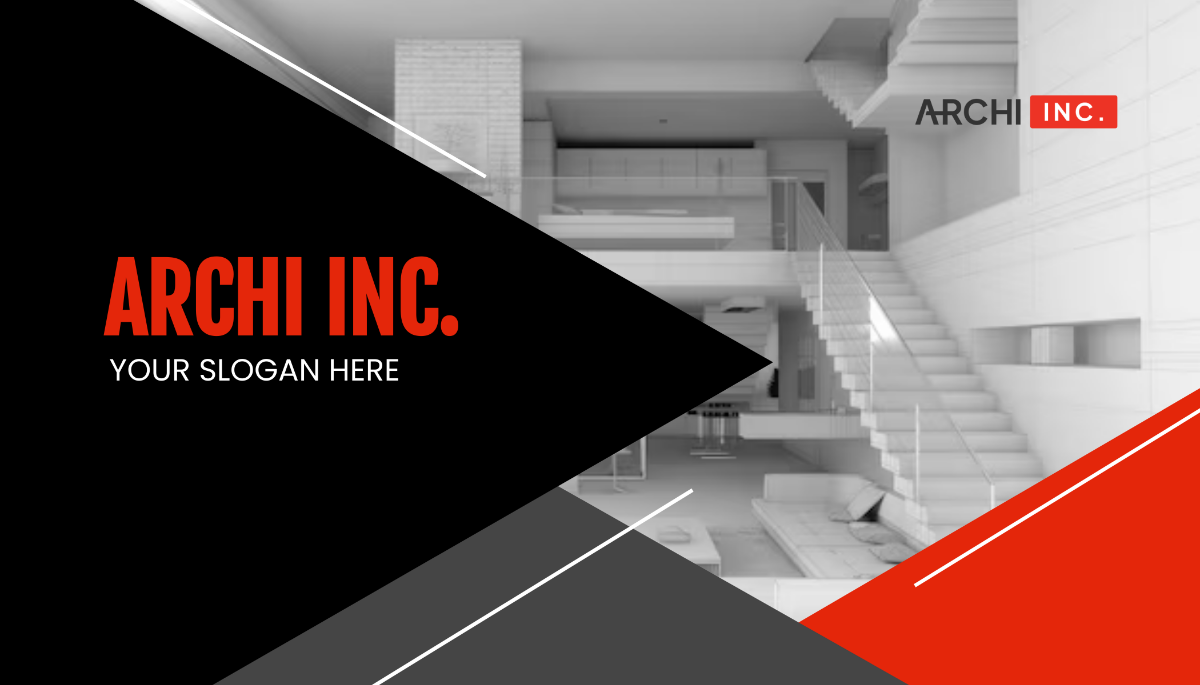Effective Date: [Month Day, Year]
Policy Number: [AMP-2050-01]
1. Purpose
This Architecture Management Policy is established by [Your Company Name] to provide a structured framework for the management, design, and implementation of architectural practices within the organization. The policy aims to ensure that architectural standards are consistently adhered to, promoting high-quality outcomes and fostering innovation. It serves as a guide for all team members, ensuring that architectural projects are executed in alignment with the company's overall strategic objectives and operational goals.
By defining clear governance structures, roles and responsibilities, and standardized procedures, this policy ensures that all architectural activities comply with relevant legal and regulatory requirements. Additionally, it emphasizes the importance of sustainability, safety, and ethical practices in every project. This policy not only supports efficient project execution but also enhances the company's reputation and client satisfaction through adherence to best practices and industry standards.
2. Scope
This policy applies to all employees, contractors, and third-party service providers involved in the architecture and infrastructure design processes at [Your Company Name]. It encompasses all architectural activities, including, but not limited to, system design, software architecture, data architecture, enterprise architecture, and solution architecture. The policy ensures that every aspect of architectural work, from initial planning and design through to implementation and maintenance, adheres to the established standards and procedures to achieve consistency and quality across all projects.
3. Governance
The governance of architectural practices at [Your Company Name] is overseen by the Architecture Review Board (ARB), which is responsible for approving design principles, standards, and guidelines. The ARB ensures that all architectural activities align with the company's strategic goals and regulatory requirements, fostering a cohesive and compliant architectural environment.
3.1 Architecture Review Board (ARB)
3.1.1 Composition
The ARB is composed of senior technical leaders and stakeholders from various departments, including IT, operations, project management, and compliance. This diverse composition ensures that the board has a comprehensive understanding of the company's strategic objectives and operational needs, allowing for well-rounded decision-making.
3.1.2 Responsibilities
The ARB is responsible for:
Reviewing and approving architectural decisions and designs.
Establishing and maintaining architectural standards and guidelines.
Resolving conflicts that arise during the design and implementation phases.
Providing guidance and support for complex projects.
Ensuring compliance with regulatory and legal requirements.
Monitoring and evaluating the effectiveness of architectural practices.
3.1.3 Meetings and Decision-Making
The ARB meets monthly to review and approve architectural decisions. Meetings are structured to facilitate thorough discussion and evaluation of architectural proposals and issues. Decisions are made based on consensus, with a focus on aligning architectural activities with the company's strategic goals and regulatory requirements. In cases where consensus cannot be reached, the Chief Architect has the final decision-making authority.
3.1.4 Documentation and Reporting
All decisions and discussions from ARB meetings are documented and stored in a centralized repository accessible to relevant stakeholders. The ARB provides quarterly reports to the executive management team, outlining key decisions, identified risks, and recommendations for continuous improvement. This documentation ensures transparency and accountability in the governance of architectural practices.
4. Roles and Responsibilities
This section outlines the key roles and responsibilities within the architectural framework of [Your Company Name]. It defines the specific duties of the Chief Architect, Solution Architects, and Project Managers, ensuring that each role is aligned with the company's architectural standards and strategic objectives. Clear delineation of responsibilities helps maintain consistency, integrity, and compliance in all architectural activities.
Role | Responsibilities |
|---|---|
Chief Architect |
|
Solution Architects |
|
Project Managers |
|
5. Procedures
This section outlines the procedures for managing architectural activities at [Your Company Name]. It covers key aspects such as design reviews, documentation, and compliance auditing. These procedures ensure that all architectural practices adhere to established standards, maintain high quality, and align with the company’s strategic objectives, fostering consistency and integrity in all projects.
5.1 Design Reviews
Design reviews are conducted at key stages of the project lifecycle to ensure compliance with architectural standards and guidelines. The Architecture Review Board (ARB) evaluates designs and provides feedback for improvements or adjustments. These reviews are essential for maintaining the quality and integrity of architectural practices within the organization.
5.1.1 Review Stages
Initial Design Review ↓ Mid-Project Review ↓ Final Design Review |
|---|
5.1.2 Evaluation Criteria
Alignment with architectural standards
Scalability and maintainability
Security and compliance
Performance and efficiency
5.2 Documentation
All architectural designs must be documented and stored in the organization's shared repository. Documentation ensures transparency, facilitates collaboration, and provides a reference for future projects. It should include comprehensive details to support understanding and replication of designs.
5.2.1 Required Documentation
Design Diagrams
Decision Rationale
Deviations from Standards
Implementation Guidelines
5.2.2 Documentation Standards
Clear and concise language
Standardized templates
Version control
Access control
5.3 Compliance and Auditing
Regular audits are conducted to ensure compliance with the architecture management policy. These audits help identify areas of improvement and ensure that all architectural practices are aligned with the established standards and guidelines. Non-compliance issues are reported to the ARB, and corrective actions are implemented to address any deficiencies.
5.3.1 Audit Frequency
Quarterly Audits
Annual Comprehensive Review
5.3.2 Reporting and Corrective Actions
Audit Reports
Non-Compliance Issues
Corrective Action Plans
Follow-Up Audits
6. Compliance Requirements
All architectural practices at [Your Company Name] must comply with relevant US laws, regulations, and industry standards. This ensures that all activities are legally sound, ethically conducted, and aligned with best practices. Employees and contractors are expected to stay informed of changes in compliance requirements and adapt their practices accordingly.
6.1 Relevant Laws and Regulations
Architectural practices must comply with the following US laws and regulations:
Americans with Disabilities Act (ADA)
Occupational Safety and Health Administration (OSHA) Standards
National Environmental Policy Act (NEPA)
Federal Acquisition Regulation (FAR)
State-specific building codes and regulations
6.2 Industry Standards
Compliance with industry standards is crucial for maintaining the quality and safety of architectural practices. Key standards include:
American Institute of Architects (AIA) Standards
Leadership in Energy and Environmental Design (LEED) Certification
International Building Code (IBC)
National Fire Protection Association (NFPA) Codes
6.3 Responsibilities
All employees and contractors are responsible for:
Staying informed about relevant laws and industry standards.
Attending mandatory training sessions on compliance requirements.
Regularly reviewing and updating practices to reflect changes in regulations.
Reporting any compliance issues to the Architecture Review Board (ARB).
6.4 Monitoring and Enforcement
The ARB is responsible for monitoring compliance with all relevant laws and standards. This includes:
Conducting regular compliance audits.
Providing updates on changes in laws and regulations.
Implementing corrective actions for any identified non-compliance issues.
7. Contact Information
This policy was created by [Your Company Name]. For any questions or more information, please contact us at:
Email: [Your Company Email]
Phone: [Your Company Number]
